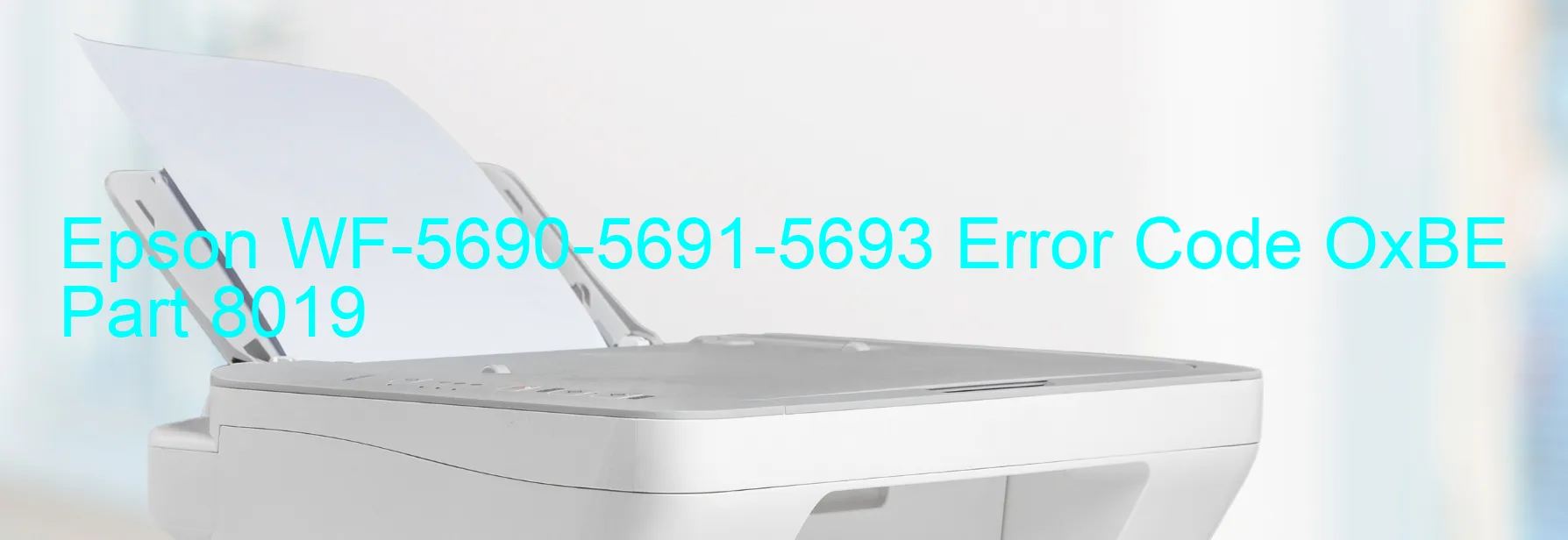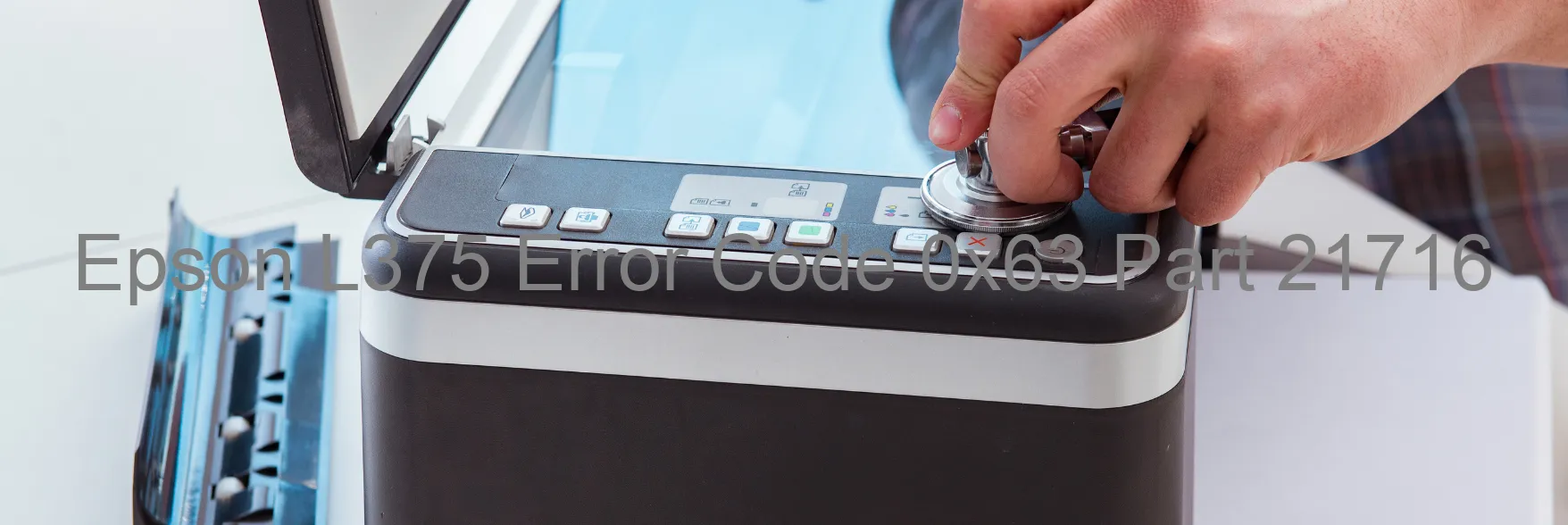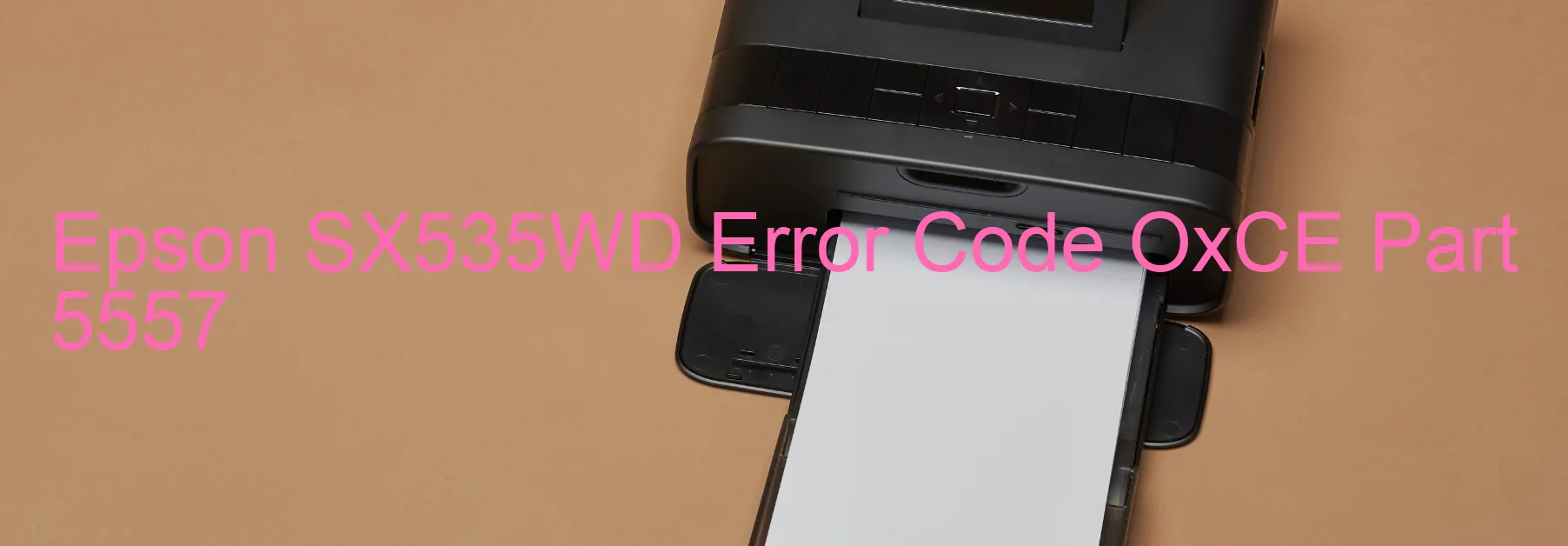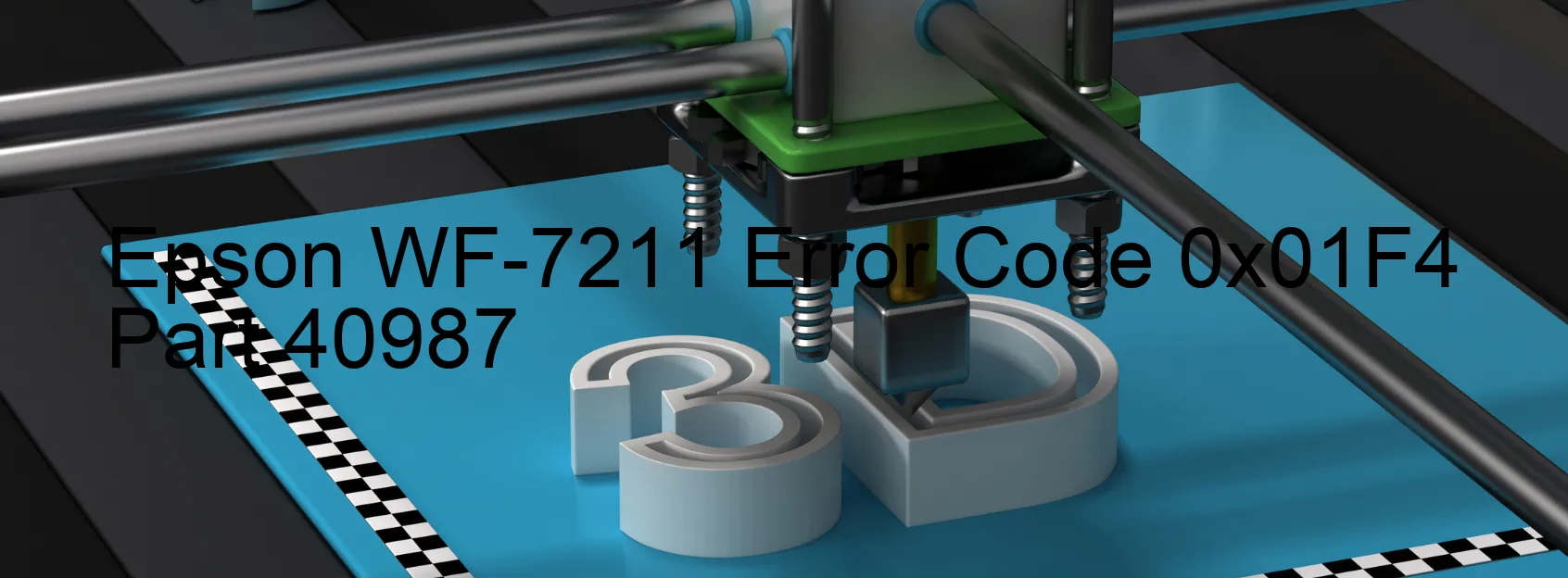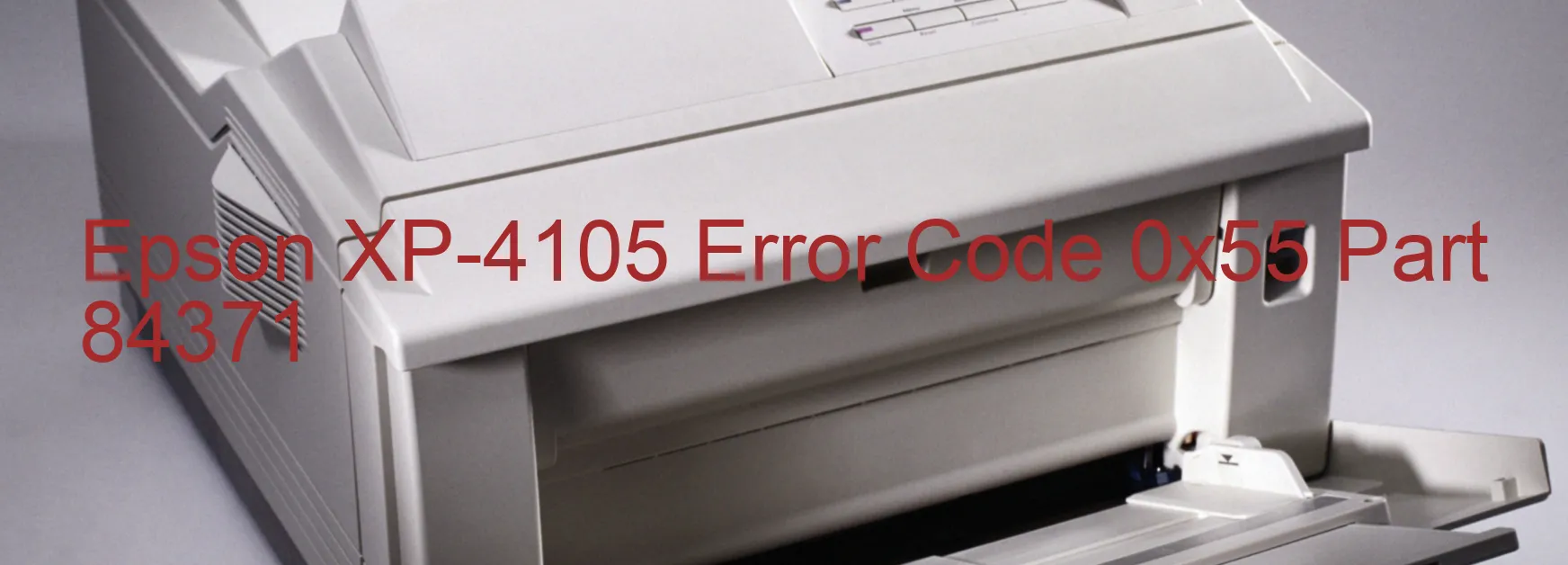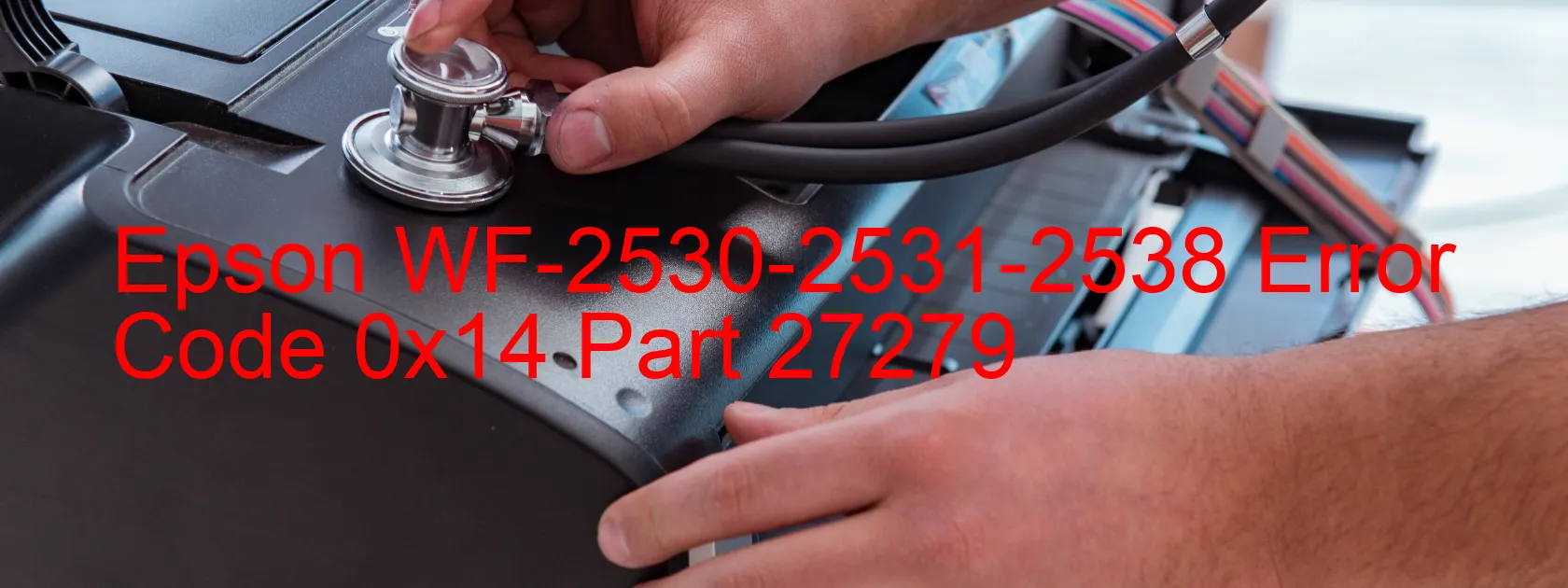Epson SX400-SX405-SX409 Error OxOA

The Epson SX400-SX405-SX409 printer may encounter an error code OxOA, which is indicated on the display. This error is related to the CR load position, indicating an excess load error. There are several potential causes for this error, including CR encoder failure, CR motor failure, carriage overload, tooth skip, improper tension of the timing belt, or cable/FFC disconnection.
When the CR encoder fails, it means that the encoder, which is responsible for detecting the position of the carriage, is not functioning properly. This can result in the printer’s inability to accurately determine the carriage’s position, leading to the OxOA error code.
Another possible cause is a CR motor failure. The CR motor is responsible for moving the carriage along the printer’s rails. If this motor fails, the carriage may not be able to move properly, causing the excess load error.
Carriage overload can occur if the carriage is carrying an excessive load, such as when there is an obstruction or too much weight on the carriage. This can cause the printer to display the OxOA error code.
Additionally, if there is tooth skip or improper tension of the timing belt, the carriage may not move smoothly, leading to the error code.
Finally, cable or FFC disconnection can also trigger the OxOA error. If the cables or flexible flat cables that connect the carriage to the printer become disconnected or loose, the printer may not receive proper signals, resulting in the error code.
To troubleshoot the OxOA error, start by turning off the printer and disconnecting the power cord. Check for any obstructions or excessive weight on the carriage and remove them if found. Ensure that all cables and FFC connections are secure. If the error persists, it may be necessary to contact Epson customer support or a professional technician for further assistance.
| Printer Model | Epson SX400-SX405-SX409 |
| Error Code | OxOA |
| Display on | PRINTER |
| Description and troubleshooting | CR LOAD POSITION excess load error. CR encoder failure. CR motor failure. Carriage overload. Tooth skip or improper tension of the timing belt. Cable or FFC disconnection. |
